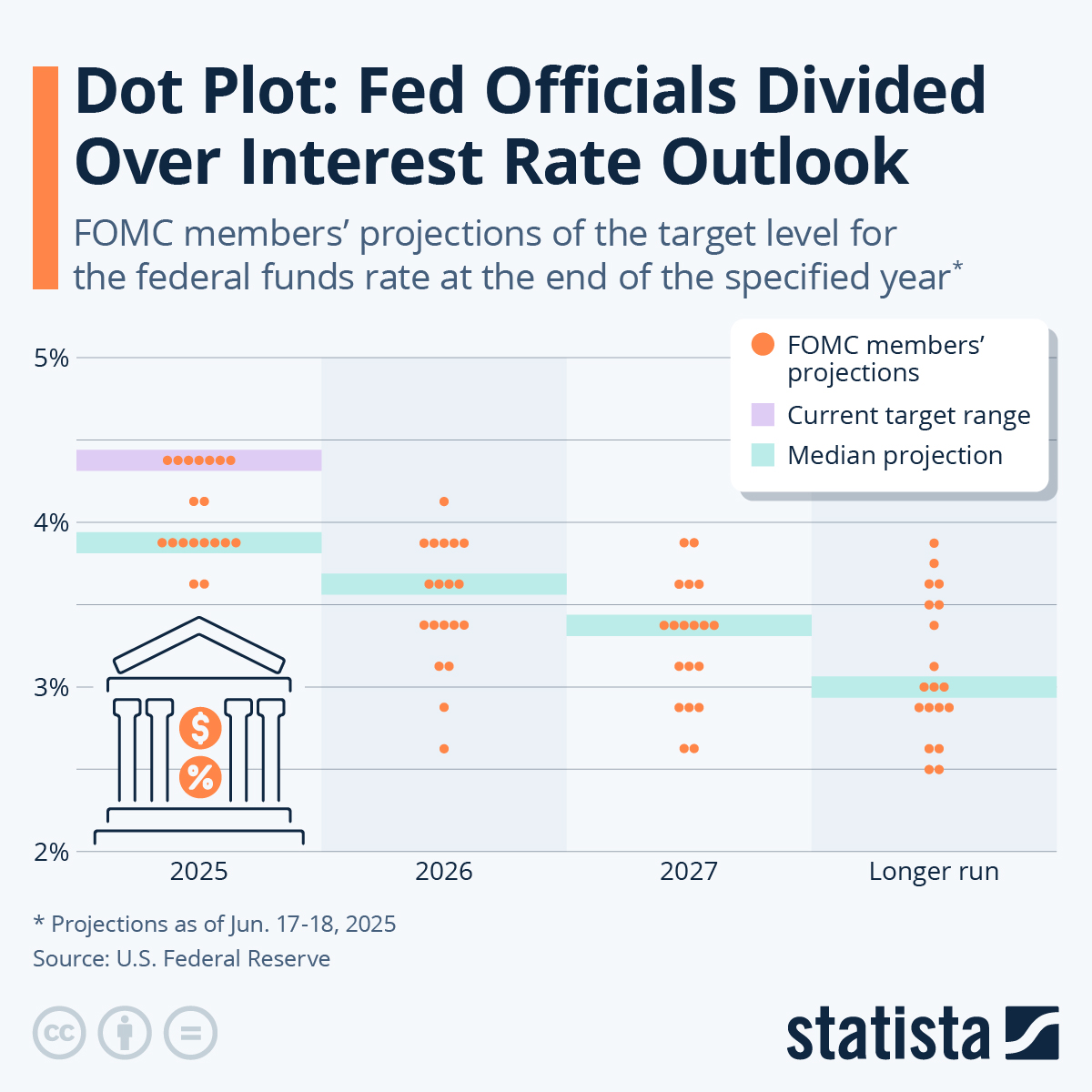Washinton, D.C. – June 18, 2018 (PRNewswire) Despite a slowdown in the first quarter, economic growth is forecasted to pick up through the remainder of 2018, resulting in full-year real GDP growth of 2.7 percent, according to the Fannie Mae Economic and Strategic Research Group’s June 2018 Economic and Housing Outlook. This year’s growth projection, as well as the ESR Group’s projection of 2.3 percent growth in 2019, remain unchanged from last month and continue to rely heavily on the timing effects of fiscal stimulus, which are expected to fade beginning late next year.

“Our growth forecast continues to reflect our 2018 theme: the ongoing stimulus/response of fiscal policy and resulting tightness of monetary policy,” said Fannie Mae Chief Economist Doug Duncan. “On the heels of a disappointing first quarter, we expect economic growth to accelerate through the remainder of the year before decelerating in 2019. Upbeat consumer spending and nonresidential investment expectations, amid reduced labor market slack, should help pull full-year growth upward to a more respectable 2.7 percent. However, as the Federal Reserve contemplates additional rate hikes this year and next, and the United States moves beyond the heated rhetoric of protectionism and toward the actual application of tariffs, the downside risks become more pronounced. Lean housing inventory, a strong labor market, and positive demographics bode well for single-family homebuilding. But builders continue to face headwinds from rising costs, which, along with rising interest rates, are also contributing to affordability concerns.”
The ESR Group sees mostly balanced upside and downside risks to its forecast. On the upside, the group notes the potential for acceleration of business investment and increased consumer spending; on the downside, a faster pace of Fed monetary tightening, intensifying trade tensions, and political uncertainty in the Euro Zone. From a trade perspective, the ESR Group notes that recent tariff announcements are likely to be felt disproportionately across states, including in North Dakota and Texas, where exports to their international neighbors account for 8 and 5 percent of state product, respectively. Consumer spending growth appears poised to accelerate amid continued modest wage growth and a historically strong labor market, while domestic demand should continue to receive a boost from nonresidential investment. Last week, the Fed raised the federal funds rate by an additional 25 basis points and released updated projections showing stronger growth, lower unemployment rates, and higher inflation for this year. Despite the Fed projections implying a total of four rate increases this year, compared with three at the March meeting, the ESR Group continues to expect only one more hike in 2018 but with an increasing chance that the second half of the year will register two additional hikes.
Visit the Economic & Strategic Research site at www.fanniemae.com to read the full June 2018 Economic Outlook, including the Economic Developments Commentary, Economic Forecast, Housing Forecast, and Multifamily Market Commentary.
Opinions, analyses, estimates, forecasts, and other views of Fannie Mae’s Economic & Strategic Research (ESR) Group included in these materials should not be construed as indicating Fannie Mae’s business prospects or expected results, are based on a number of assumptions, and are subject to change without notice. How this information affects Fannie Mae will depend on many factors. Although the ESR Group bases its opinions, analyses, estimates, forecasts, and other views on information it considers reliable, it does not guarantee that the information provided in these materials is accurate, current, or suitable for any particular purpose. Changes in the assumptions or the information underlying these views could produce materially different results. The analyses, opinions, estimates, forecasts, and other views published by the ESR Group represent the views of that group as of the date indicated and do not necessarily represent the views of Fannie Mae or its management.
Fannie Mae helps make the 30-year fixed-rate mortgage and affordable rental housing possible for millions of Americans. We partner with lenders to create housing opportunities for families across the country. We are driving positive changes in housing finance to make the home buying process easier, while reducing costs and risk. To learn more, visit fanniemae.com and follow us on twitter.com/fanniemae.
Like this:
Like Loading...



